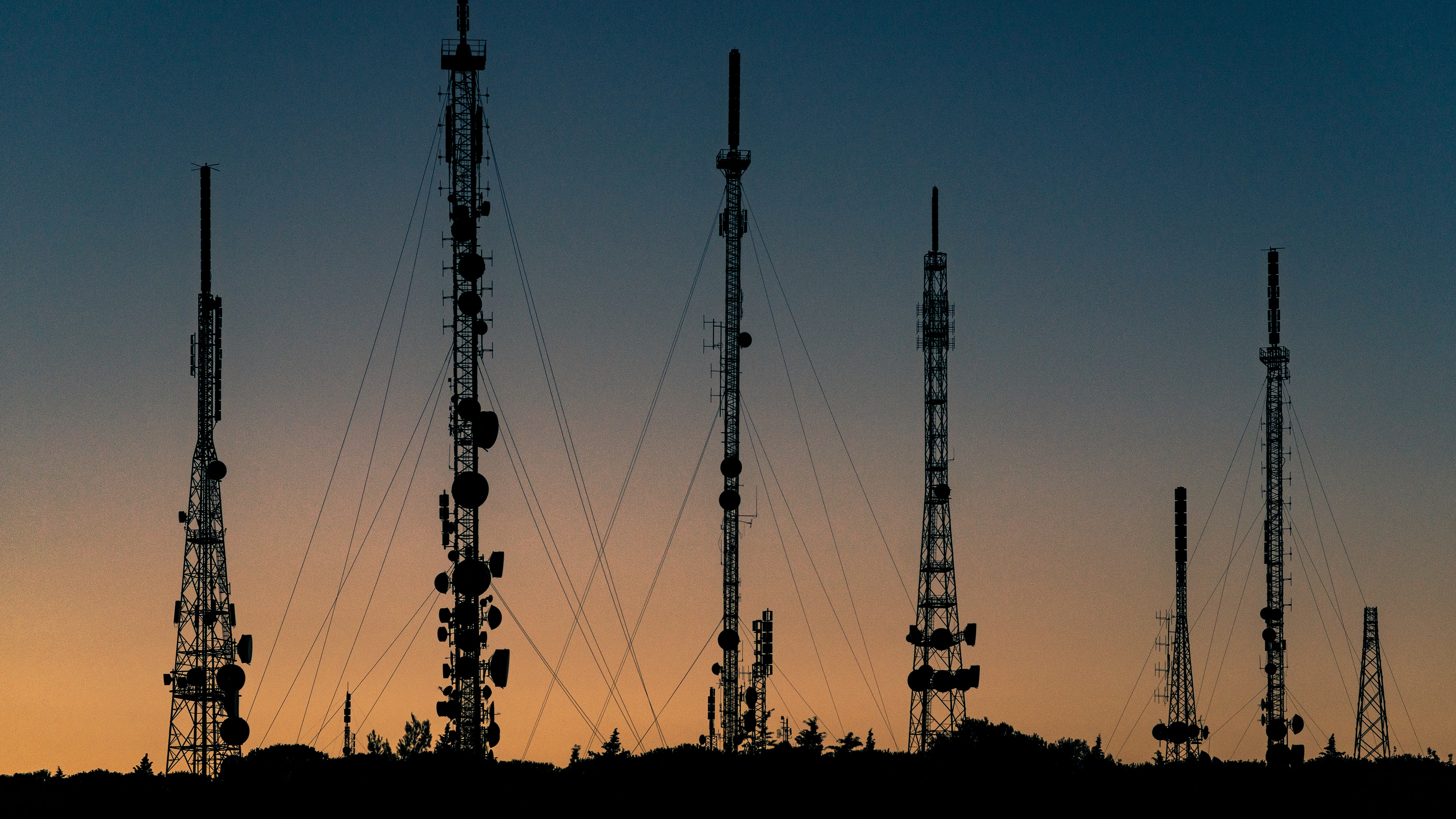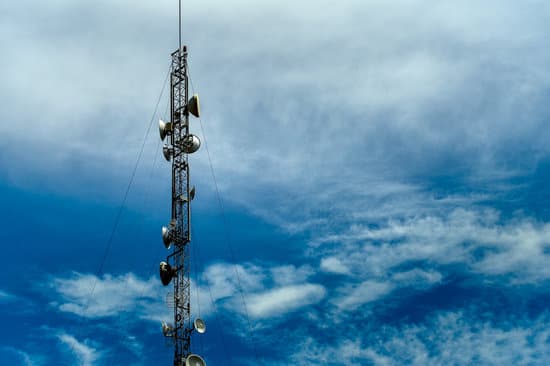Maintaining the ON-AIR availability rate!
On-air availability rate has a direct impact on a station’s financial health. Advertising is a primary revenue source for most radio stations, so any loss in signal risks a loss in revenue. By continually monitoring a transmitter site, stations or operators are alerted as soon as a failure is detected so that they can take specific, immediate actions. At the same time, monitoring the infrastructure also enables detection of the slightest changes in the transmitter, allowing timeous preventive maintenance.
Improving QoE
Keeping an eye on the quality of your broadcast signal is crucial to keep your audience loyal. Ensuring the signal the listener receives is not disrupted is key to maintaining optimal Quality of Experience. By optimizing programming Quality of Experience, stations not only retain their audience, but also improve their visibility and potential advertising revenue.



